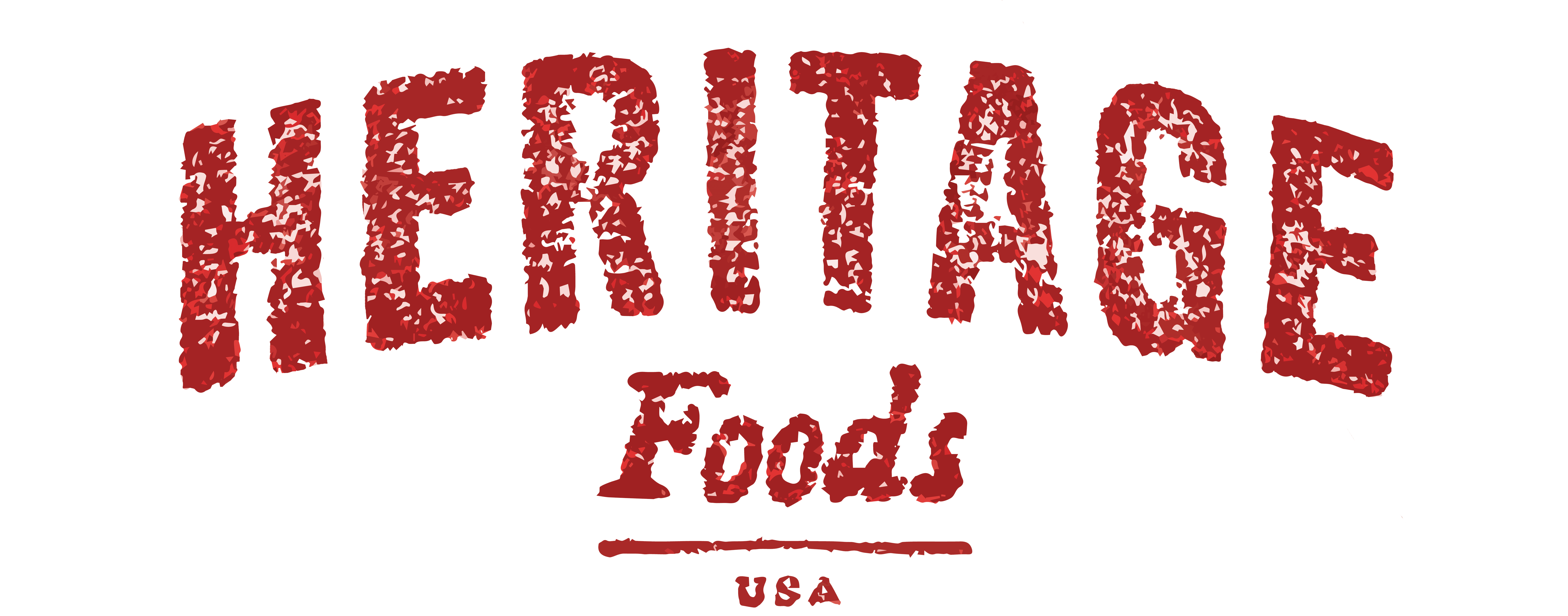
DIY Make Your Own Heritage Bacon and Guanciale At Home!
We've heard your requests for DIY cooking projects! And what better way to spend time with your quarantine group (or alone!) than by making your own ingredients at home. To set you on the right track, we consulted longtime curemaster friends Cesare Casella of Casella’s Salumi and Taylor Boetticher and Toponia Miller of Fatted Calf Charcuterie.
This cure project starts with 100% heritage pork bellies and meaty and marbled heritage pork jowls! Be sure to tag us in your curing and cooking photos @heritagefoodusa, so we can see how you do!
The DIY package includes curing instructions, also included below, and:
One 6lb skinless belly, Berkshire or Red Wattle
One 5lb pack skinless pork jowl, Berkshire
Heritage Guanciale adapted from Cesare Casella
Guancia is the Italian word for cheek and true Italian guanciale is made from the pork jowl, which is the bottom of the cheek. This triangular cut is composed of pure, white fat, streaked with veins of lean, red meat. To make guanciale, one must salt the jowl and leave it to rest for four or five days in the refrigerator. For a 2.5lb jowl, rub the meat with approximately 4 oz of salt (1/2 cup). The meat should then be washed, dried and sprinkled generously with freshly ground black pepper and peperoncino (crushed red pepper flakes). Hang suspended for at least 3 months in an aging room (any cool, dry space will work). Once cured it's ready to eat! While Italians often eat guanciale sliced thin on a piece of crusty bread rubbed with olive oil and garlic, we like to cook it in our favorite pasta preparations like amatriciana, carbonara, or gricia.
Pro tip from Cesare Casella: the amount of salt should be equivalent to 10% of the weight of the meat. Pepper and peperoncino quantities are at your discretion, but should coat the jowl on all sides!
Brown Sugar Cured Bacon from Fatted Calf Charcuterie
adapted from In The Charcuterie: The Fatted Calf's Guide to Making Sausage, Salumi, Pates, Roasts, Confits, and Other Meaty Goods, Ten Speed Press, 2013
There is nothing quite like a slab of bacon just out of the smoker. It is hard to resist tearing off a little end piece, shoving the still steaming, salty, sweet meat into your mouth. Most commercially produced bacon is brined (or brine injected) but dry curing produces meatier and more flavorful bacon that won’t spit and curl when you cook it. Choose heritage pork bellies that are fairly thick with a good lean to fat ratio, keeping in mind that they will shrink slightly during the curing and smoking process.
Ingredients:
1 skinless heritage pork belly
16 ounces (450 grams) brown sugar
12 ounces (340 grams) sea salt
1 tablespoon pink curing salt #1
1 tablespoon ground cayenne
1 tablespoon finely ground black pepper
Trim the pork belly. Square off the edges and cut in half crosswise so that you have two relatively square pieces of about the same size. Be sure to save any belly trim for sausage, pâté or rillettes.
Mix together the brown sugar, salt, black pepper, cayenne and curing salt. Spread about one cup of the cure mix evenly over the bottom of a container large enough to accommodate the bellies when one is stacked atop the other. Place one belly half meat-side down directly on top of the cure. Rub an additional cup of cure on the edges and fat side of the belly, making sure to get the mix into all of its crevices. Place the second half on top of the first, meat side down. Rub another cup of cure into its sides and creases as well as over its fat side. Loosely cover and refrigerate.
The following day, remove the slabs of belly from the container and pour off any accumulated liquid. Rotate the slabs, placing the slab previously on top into the bottom of the pan and the bottom slab on top. Rub with additional cure mix anywhere they might be lacking. Return to the refrigerator. Repeat this process again the following day.
After the slabs of belly have cured for three full days remove them from the pan and rinse them quickly under hot running water to remove any solids. Pat dry. Place the bellies into a smoker or oven and smoke/cook slowly between 160°F to 180°F for about two to three hours or until the bacon reaches an internal temperature of 140°F. Let the bacon cool to room temperature then refrigerate. Be sure to chill thoroughly before slicing.
Bacon keeps best in slab form. Slice off only what is to be cooked and tightly wrap any unused portion. This bacon keeps well for two to three weeks refrigerated. Freeze for longer storage.
